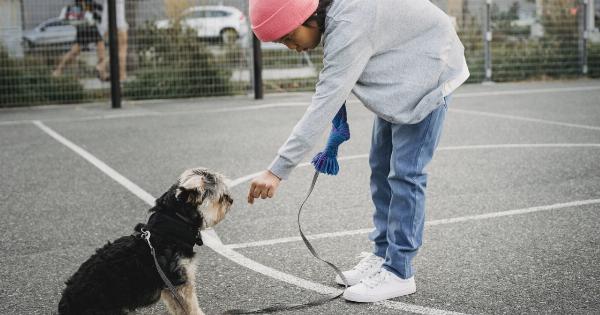Sexual harassment is a growing concern for parents and educators alike. Children are susceptible to harassment, and it is essential to begin teaching them about proper boundaries and respect from an early age.
Teaching children about sexual harassment can help them avoid becoming a victim or engaging in sexually inappropriate behavior themselves.
What is sexual harassment?
Sexual harassment is any unwanted sexual behavior that makes someone feel uncomfortable or scared. It can occur in many different settings, including schools, sports teams, and homes.
Children may not always recognize when they are being sexually harassed, and it is essential to provide them with age-appropriate information on what constitutes sexual harassment.
Types of Sexual Harassment
There are several different types of sexual harassment. It is important that children understand these different categories so that they can identify this type of behavior.
Physical Sexual Harassment
Physical sexual harassment occurs when the harasser touches or physically intimidates the victim. Examples of physical sexual harassment include unwanted touching, groping, and even sexual assault.
Verbal Sexual Harassment
Verbal sexual harassment is when the harasser uses sexual language or innuendos to make the victim uncomfortable or scared.
Examples of verbal sexual harassment include sexual jokes, comments about someone’s appearance, or sexually suggestive remarks.
Visual Sexual Harassment
Visual sexual harassment occurs when the harasser exposes themselves or displays sexually explicit material. Examples of visual sexual harassment include exposing oneself or sharing pornographic images.
Online Sexual Harassment
Online sexual harassment occurs when the harasser uses the internet to engage in sexually inappropriate behavior. Examples of online sexual harassment include cyberbullying, sharing sexually explicit images, or engaging in sexual conversations.
Steps to teach children about sexual harassment
Parents and educators can take several steps to teach children about sexual harassment to reduce the likelihood of becoming a victim or engaging in sexually inappropriate behavior themselves. These steps include:.
1. Start Early
It is never too early to start teaching children about proper boundaries and respect. Even preschoolers can learn about what is appropriate and what is not when it comes to touching and interactions with others.
2. Use Age-Appropriate Language
Ensure that you use age-appropriate language when discussing sexual harassment with children. Use appropriate terminology and explain clearly what constitutes sexually inappropriate behavior.
3. Encourage Honest Communication
Encourage open and honest communication with children. Establishing a safe environment where children feel free to ask questions and express concerns is essential.
4. Teach Children about Consent
It is essential to teach children about consent and respecting boundaries. Make sure children understand that they have the right to say no, and that they must respect others’ boundaries as well.
5. Encourage Children to Speak Out
Ensure children know they can speak out if they experience or witness sexual harassment. Teach children to trust their instincts and speak out to an adult they trust.
6. Set Clear Rules and Consequences
Establish clear rules and expectations regarding sexual harassment and set consequences if those rules are broken. Make sure children understand the consequences of engaging in sexually inappropriate behavior.
7. Role-Play Scenarios
Role-play scenarios can be an excellent way to teach children how to identify sexual harassment and how to respond appropriately. This can help children feel more confident in speaking out and can help them learn how to protect themselves.
8. Model Appropriate Behaviors
Parents and educators should model appropriate behaviors that promote respect and boundaries. Children learn from watching the behavior of adults, so setting a good example is essential.
9. Encourage Critical Thinking
Encourage children to think critically about the media they consume. Teach them to be mindful of the messages they receive about gender and sexuality and how these messages can contribute to sexual harassment.
10. Revisit the Topic Regularly
Revisit the topic of sexual harassment regularly to reinforce what children have learned and to discuss any new concerns that may arise. This can help keep children informed and aware of potential risks.
Conclusion
Teaching children about the dangers of sexual harassment is an important task for parents and educators.
By providing children with age-appropriate education, clear guidelines, and modeling appropriate behavior, children can learn how to build respectful relationships and avoid becoming a victim or engaging in sexually inappropriate behavior.






























